Cherry Wood
$300.00 – $735.00Price range: $300.00 through $735.00
Cherry Wood
Cherry wood, derived from the cherry tree (Prunus serotina in North America or Prunus avium in Europe), is a beloved hardwood known for its rich color and smooth grain. Widely used in fine woodworking and culinary applications, this versatile material has graced everything from antique furniture to modern kitchens. In this extensive guide, we’ll explore the origins, key characteristics, diverse uses, and maintenance tips for cherry wood, helping you appreciate its timeless appeal and practical value.
The Origins and History of Cherry Wood
Cherry trees are native to temperate regions, including the eastern United States, where the American black cherry thrives, and parts of Europe and Asia. These trees, which can live for 100-200 years, have been valued for centuries. Native Americans used cherry wood for tools and canoes, while European settlers incorporated it into furniture and barrels. During the colonial era, cherry wood became a symbol of American craftsmanship, featured in iconic pieces like George Washington’s Mount Vernon furniture.
Today, cherry wood is harvested sustainably from managed forests and orchards, often as a byproduct of fruit production. Its popularity stems from its beauty and workability, making it a staple in both traditional and contemporary designs.
Key Properties of Cherry Wood
Cherry wood is celebrated for its elegant appearance and reliable performance. The heartwood matures from a light pinkish-brown to a deep reddish-brown over time, with a fine, straight grain and occasional figuring.
- Density and Strength: A medium-density hardwood (specific gravity around 0.6), cherry wood offers good bending strength and shock resistance without being overly heavy. It’s stable and less prone to warping than softer woods.
- Workability: It machines effortlessly, sands to a smooth finish, and holds intricate details well. Cherry wood takes stains and finishes exceptionally, revealing a lustrous sheen that deepens with age.
- Durability: Moderately resistant to decay and insects, cherry wood performs well indoors but may require sealing for outdoor use. It’s naturally oily, which contributes to its longevity.
- Scent and Texture: Cherry wood has a mild, fruity aroma, especially when fresh, which is ideal for smoking. The texture is smooth and fine-grained, with a natural warmth that feels inviting.
These properties make cherry wood a favorite for high-end projects requiring both beauty and functionality.
Popular Uses of Cherry Wood
Cherry wood’s versatility spans furniture making, cooking, and beyond. Here’s a closer look at its most prominent applications:
Furniture and Cabinetry
In woodworking, cherry wood is a top choice for crafting premium furniture like tables, chairs, cabinets, and desks. Its rich color and grain make it perfect for classic or contemporary styles, often used in dining sets or bedroom suites. Many artisans prefer it for its ability to patina beautifully, adding character over time.
Smoking and Culinary Applications
Cherry wood is renowned in the culinary world for its sweet, mild flavor that enhances meats, poultry, and game. It’s commonly used in smokers and grills, providing a subtle fruity note to dishes like smoked salmon or ribs. Wood chips are popular for home barbecues, offering a balanced taste that doesn’t overpower other ingredients.
Flooring and Construction
Cherry wood flooring is prized for its durability and aesthetic appeal, suitable for living rooms or hallways. In construction, it’s used for moldings, trim, and paneling, where its stability shines. Veneers and plywood made from cherry wood add elegance to various structures.
Other Creative Applications
Beyond traditional uses, cherry wood is employed in musical instruments, such as guitar bodies or violin parts, for its resonant qualities. It’s also used in carvings, sculptures, and decorative items, where its fine grain allows for detailed work. In some cases, it’s turned into bowls or utensils for its non-toxic properties.
Benefits of Choosing Cherry Wood
Opting for cherry wood comes with a wealth of advantages that enhance any project:
- Stunning Aesthetics: Its warm tones and grain patterns create a sophisticated look that complements diverse interiors.
- Ease of Workability: Ideal for detailed craftsmanship, cherry wood is forgiving for both professionals and hobbyists.
- Sustainable Sourcing: Harvested from renewable trees, cherry wood supports eco-friendly practices in forestry.
- Culinary Charm: In cooking, it adds a delicate flavor that elevates meals without complexity.
- Health and Safety: Cherry wood is naturally resistant to pests and safe for food contact, with no toxic elements.
These benefits make cherry wood a versatile, high-quality option for a wide range of applications.
How to Care for Cherry Wood
Maintaining cherry wood ensures it retains its beauty and strength. Start by seasoning the wood properly—air-drying for 6-12 months to minimize moisture and prevent issues. For finished surfaces, apply a protective oil or lacquer to enhance its natural patina and protect against scratches. Clean with a soft cloth and mild, non-abrasive cleaner, avoiding harsh chemicals.
Avoid prolonged exposure to direct sunlight or extreme humidity, as this can cause fading or warping. With consistent care, cherry wood can last for generations, developing a richer color over time.
Conclusion: Why Cherry Wood is a Timeless Favorite
Cherry wood represents the perfect blend of elegance, strength, and versatility, making it an enduring choice for woodworkers, chefs, and designers. Whether you’re building furniture, smoking a feast, or creating art, its properties deliver exceptional results. Discover the allure of cherry wood and incorporate it into your next project for lasting satisfaction. For personalized recommendations, consult local experts or suppliers to explore how cherry wood can meet your specific needs.
| SIZE | 1/2 Cord Pallet, 1/4 Cord Pallet, 1/8 Cord Pallet |
|---|
Reviews
There are no reviews yet.
Related products
Firewood
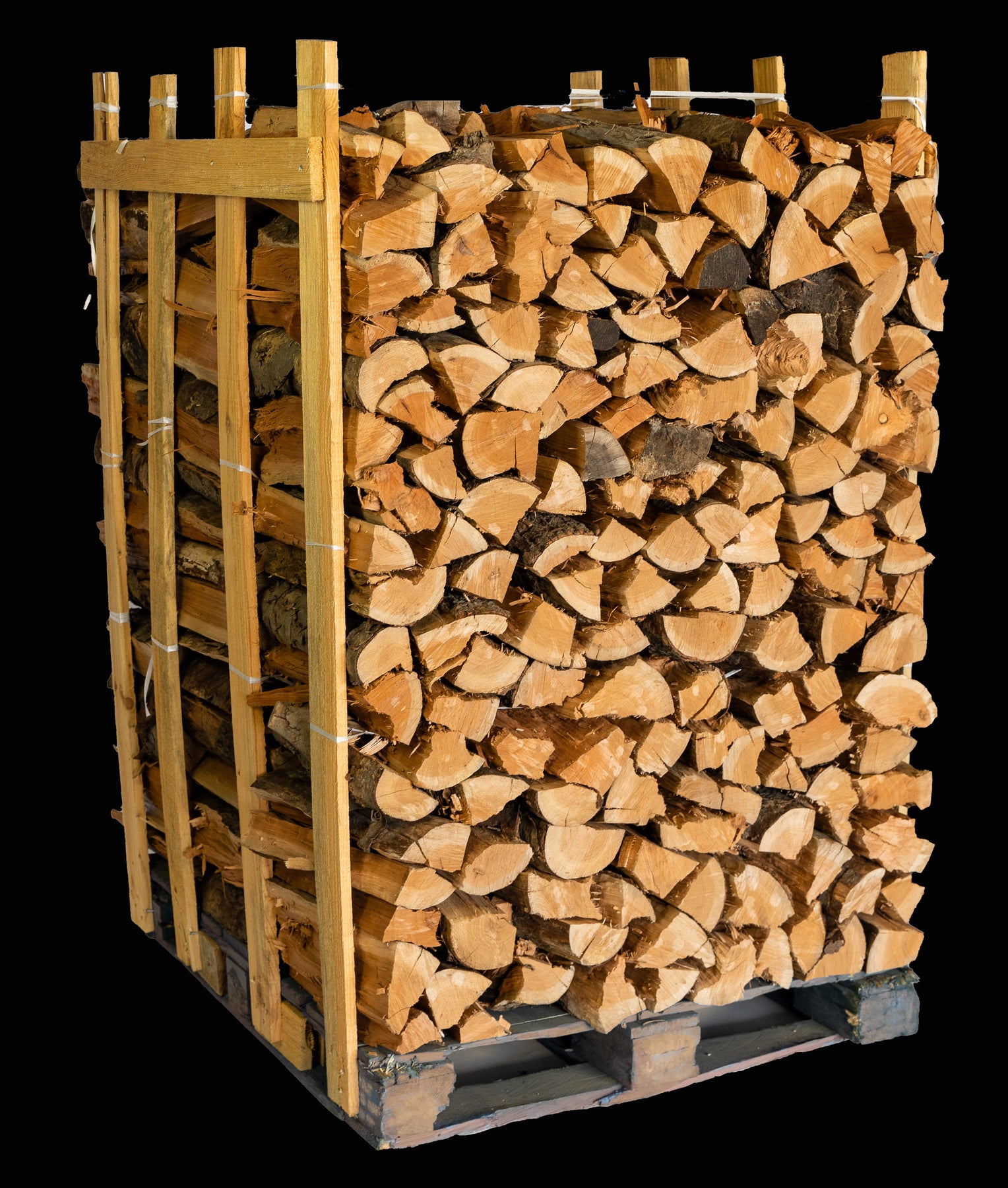
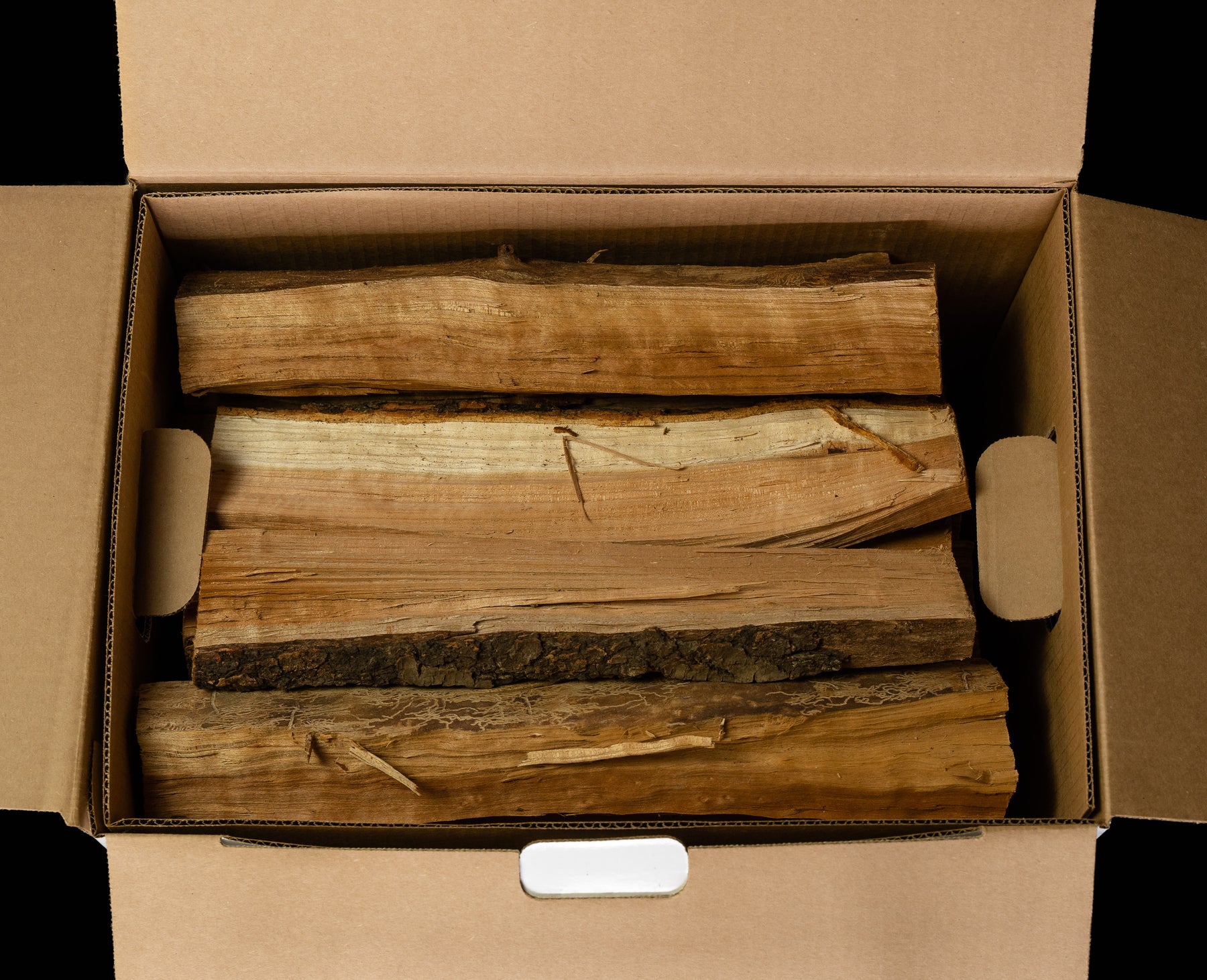
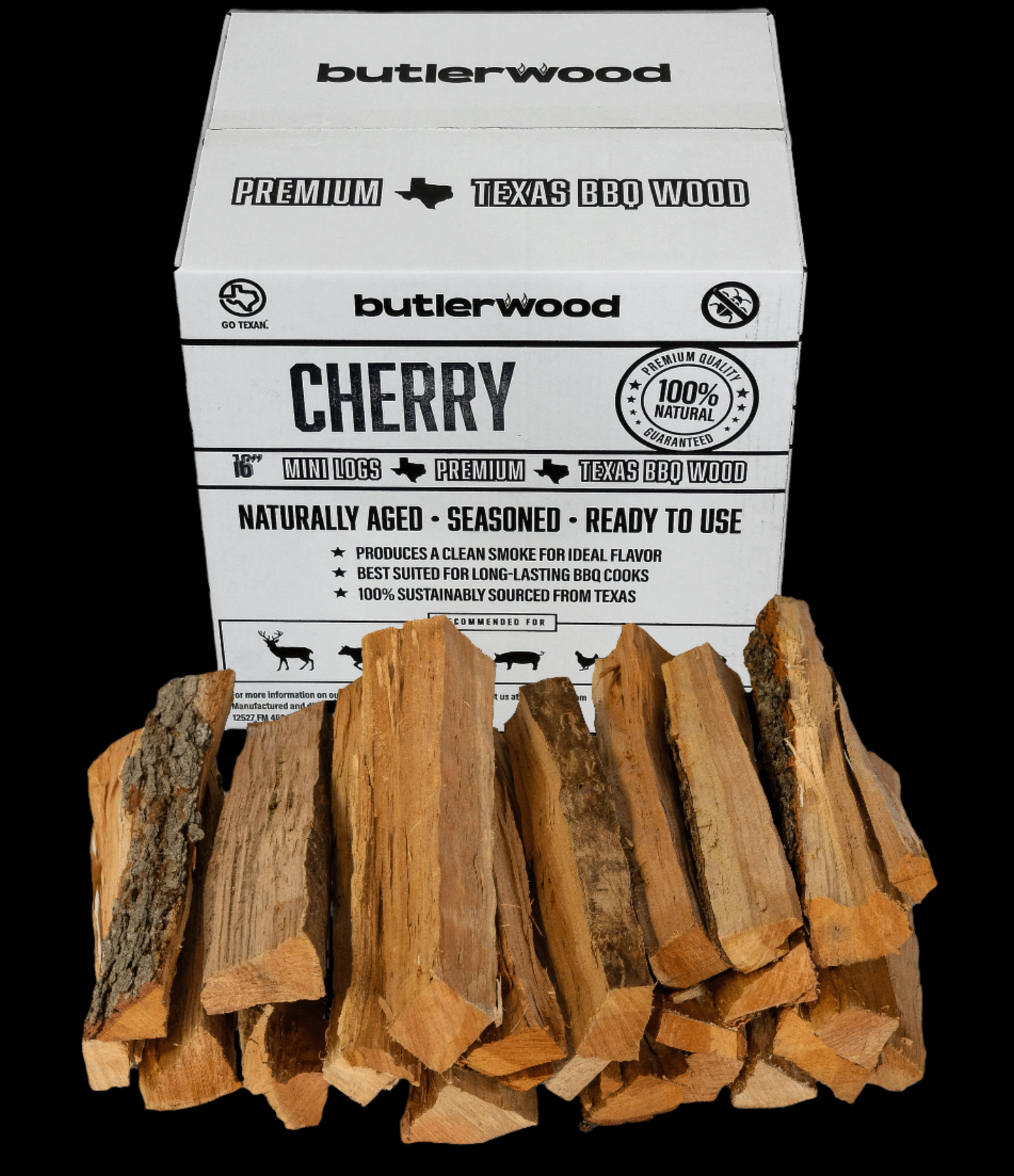
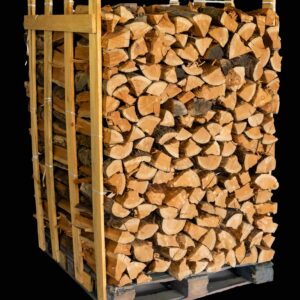
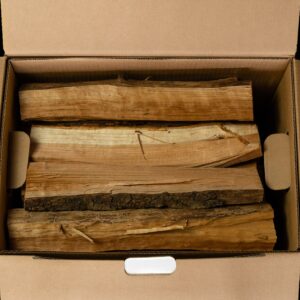
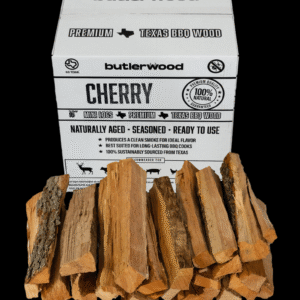
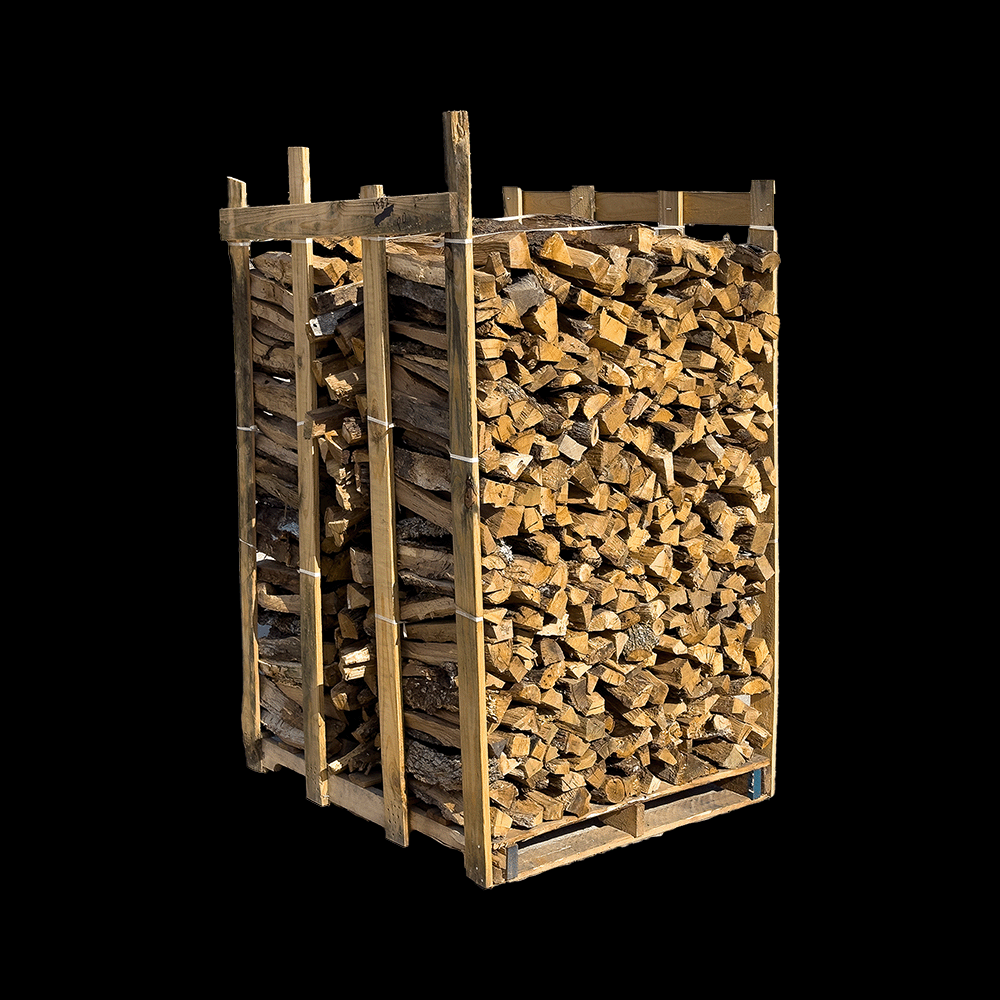
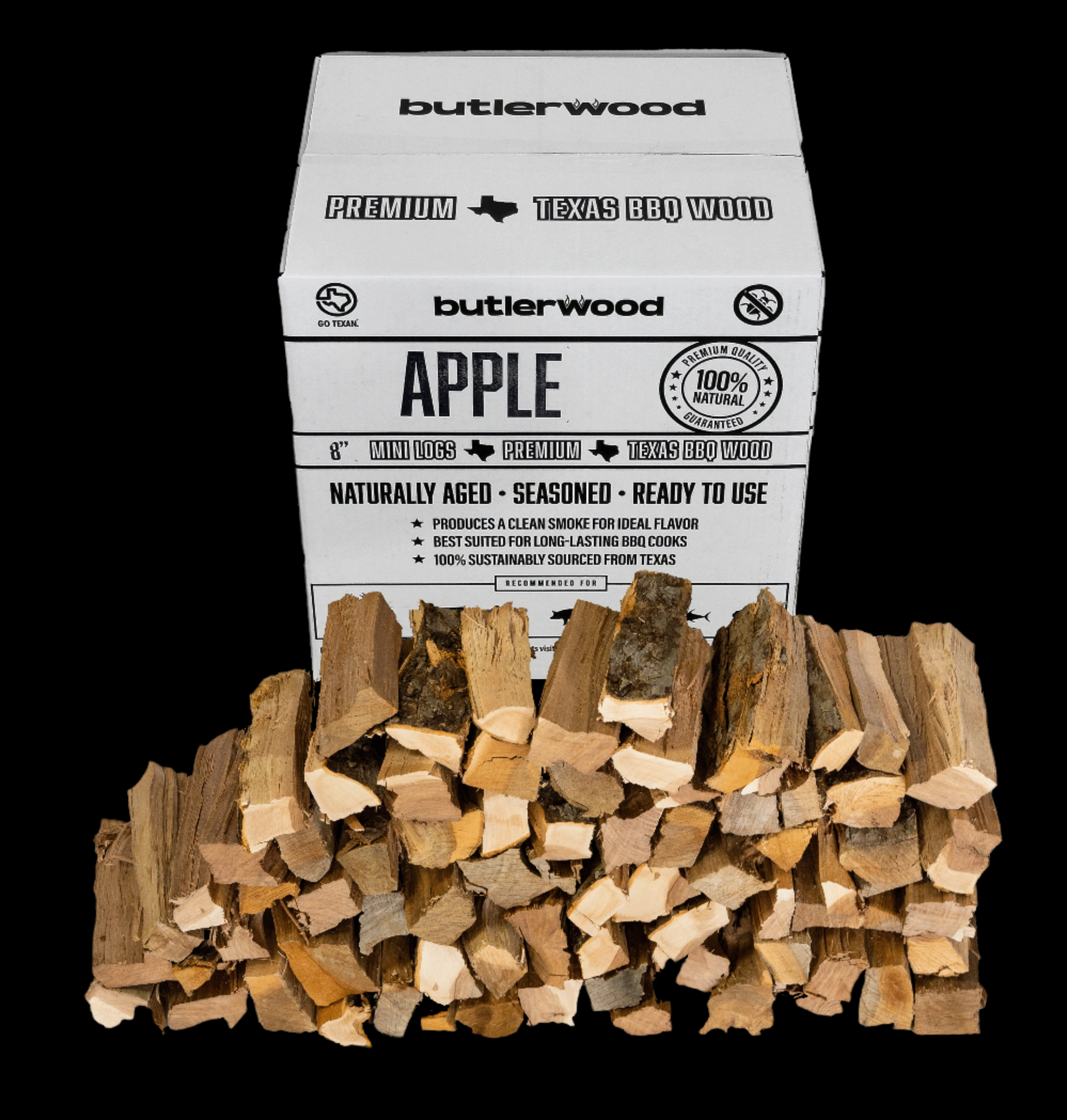

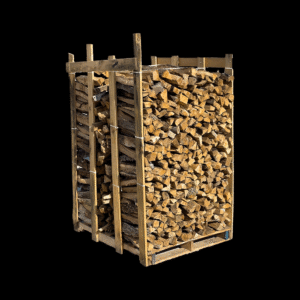

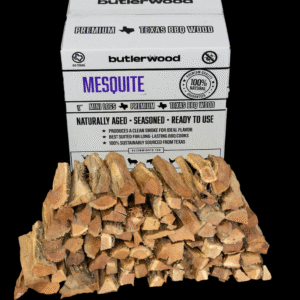
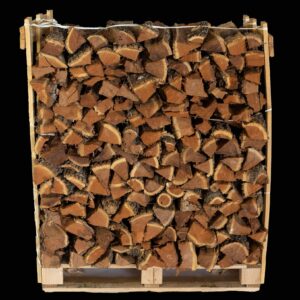



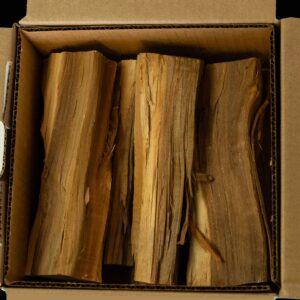
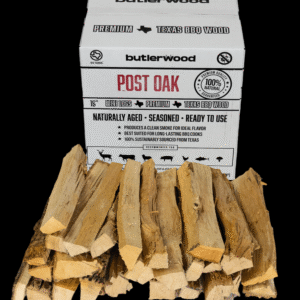

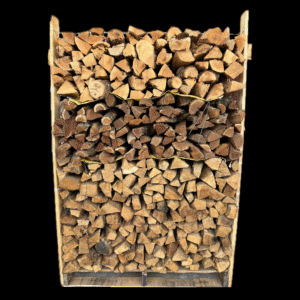
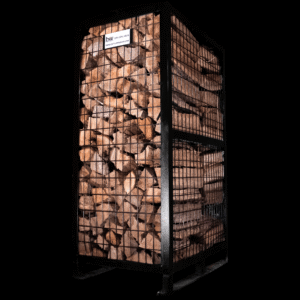
Be the first to review “Cherry Wood”